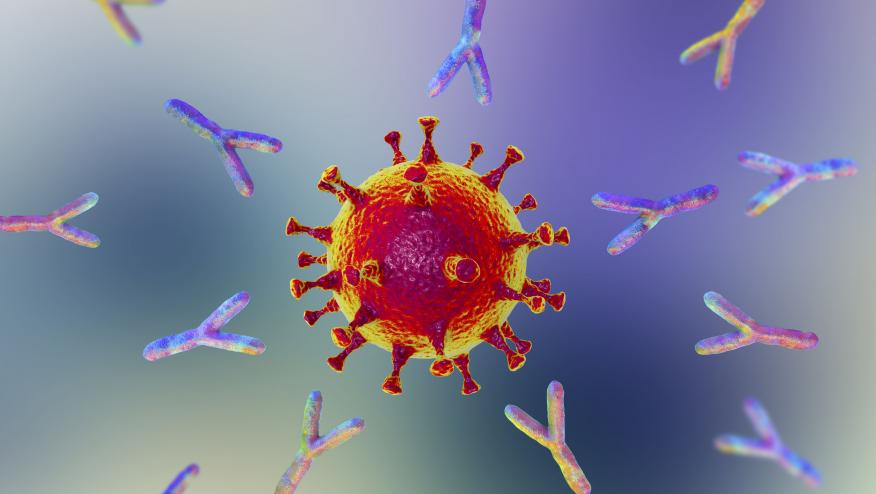Higher Rates of SARS-CoV-2 Seropositivity in the USA Save

The number of reporting cases of COVID-19 infection tends to underestimate the true prevalence of infection as only the more severe cases (e.g.,acute respiratory syndrome) get tested or go to the hospital. JAMA Internal Medicine reports that a cross-sectional seroprevalence study from the U.S. shows that COVID-19 is underreported and that actual infection rates can be 6 to 24 times more prevalent than currently reported infections due to SARS-CoV-2.
Data were drawn from a convenience sample of sera obtained by 2 commercial laboratory companies between March 23 through May 12, 2020. Ten collection sites included San Francisco Bay area, California; Connecticut; south Florida; Louisiana; Minneapolis-St Paul-St Cloud metro area, Minnesota; Missouri; New York City metro area, New York; Philadelphia metro area, Pennsylvania; Utah; and western Washington state.
From a total of 16025 serum samples, 55 were women, 7.5% were 18 years or younger and 36% were 65 years or older. Using detectable SARS-CoV-2 antibodies (by ELISA assays) as evidence of COVID-19 infection, they found rates that ranged from 1.0% in the San Francisco Bay area (collected April 23-27) to 6.9% of persons in New York City (collected March 23-April 1).
The estimated number of infections ranged from 6 to 24 times the number of reported cases; for 7 sites (Connecticut, Florida, Louisiana, Missouri, New York City metro area, Utah, and western Washington State), an estimated greater than 10 times more SARS-CoV-2 infections occurred than the number of reported cases.
Thus, it appears that there is at least 10 times more SARS-CoV-2 infections than the currently reported number of COVID-19 cases in the general population. These data confirm there is a much larger cohort of persons with mild symptoms or no illness or who did not seek medical care or undergo testing but who still may have contributed to ongoing virus transmission within the population.










If you are a health practitioner, you may Login/Register to comment.
Due to the nature of these comment forums, only health practitioners are allowed to comment at this time.